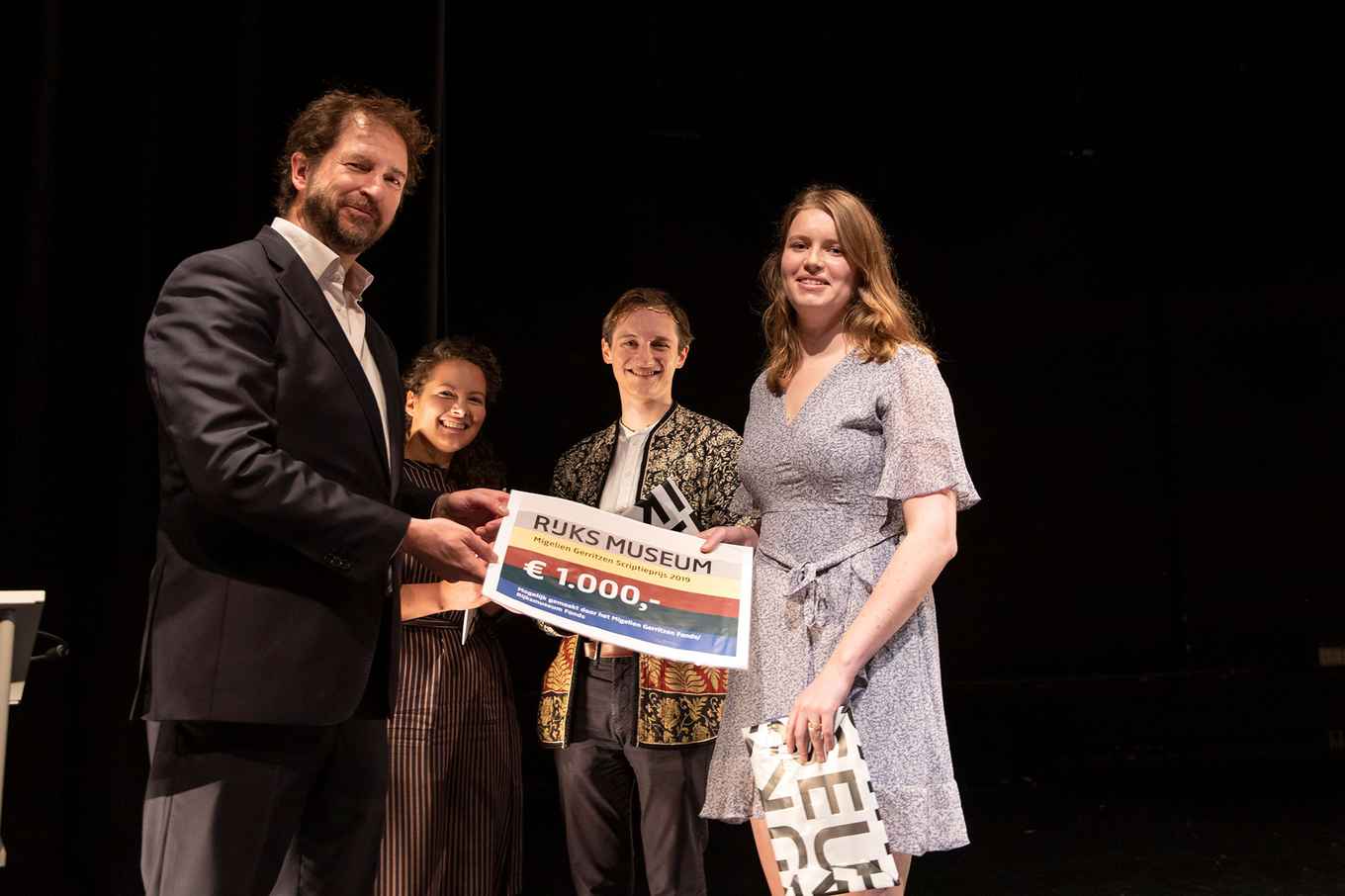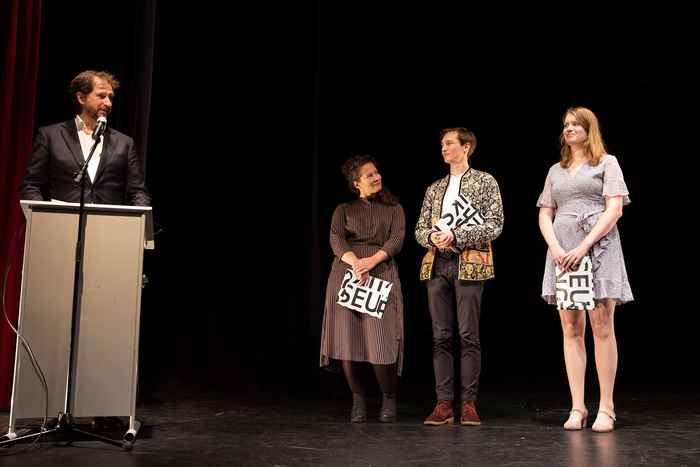Sofie Dubbeldam wins Rijksmuseum-Migelien Gerritzen thesis award 2019
14 October 2019

The painting, which is part of the collection of the Dordrechts Museum, contains a very special type of degradation – whitened paint areas on the surface of the paint, which makes it difficult to read the painting. Dubbeldam's thesis An investigation into whitened paint areas on a painting by Adriaen Cornelisz Beeldemaker, Dogs in a Landscape describes how she used a plethora of techniques to uncover that the remarkable light plays a big role in how we 'see' the work. The jury was unanimous in choosing Dubbeldam's thesis as the winner, because of the in-depth investigation into the so-called object biography, which devotes special attention to painting's previous treatment.
The other two nominees were Jan Mathijs van Daal, who researched the way in which human skin is portrayed in mummy portraits, and Julie Wagner, whose research concerns the degradation of the varnish on a Japanese ceramic platter. This year, the jury of the award consisted of Maarten van Bommel (professor of Conservation Science), Bart Ankersmit (senior researcher Cultural Heritage Agency), and Robert Langh (head of Conservation & Science Rijksmuseum and Chair NICAS)

Rijksmuseum-Migelien Gerritzen thesis award
The Rijksmuseum-Migelien Gerritzen thesis award has been handed out annually since 2013 to the best final project of the UvA Master's in Conservation and Restoration of Cultural Heritage. The winner receives a cheque worth € 1000, half of which is awarded immediately while the other half can be cashed in once the study has been published in an established specialist journal for conservation and restoration.
Conservation and restoration at the UvA
The University of Amsterdam is the only Dutch university that offers a degree programme in restoration that meets the European standard. The programme starts with a two-year Master's in Conservation and Restoration of Cultural Heritage and offers nine specialisations as well as a track in Technical Art History. Upon finishing the Master's, students can complete their training to become a conservator by doing the two-year Advanced Professional Programme.